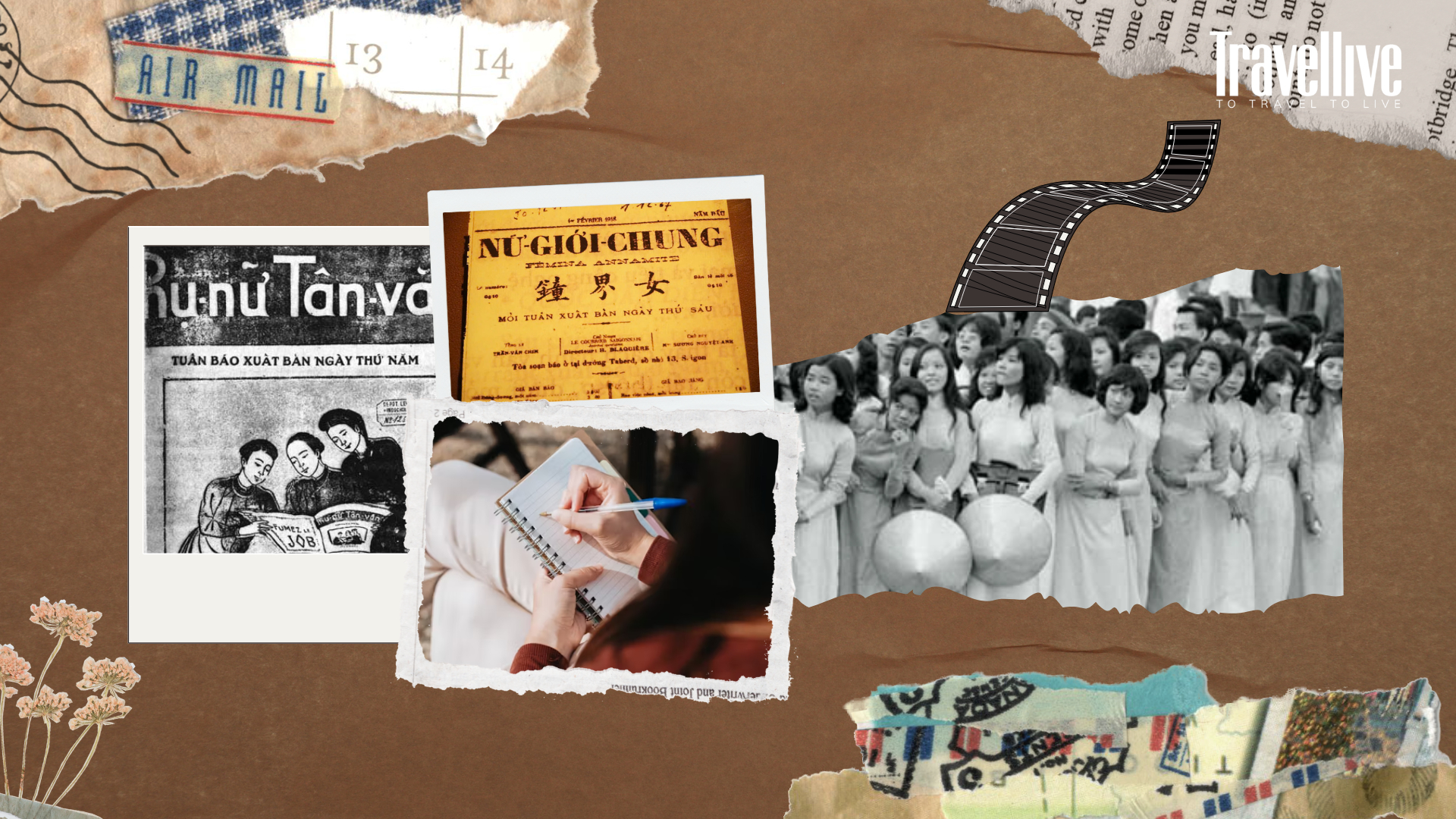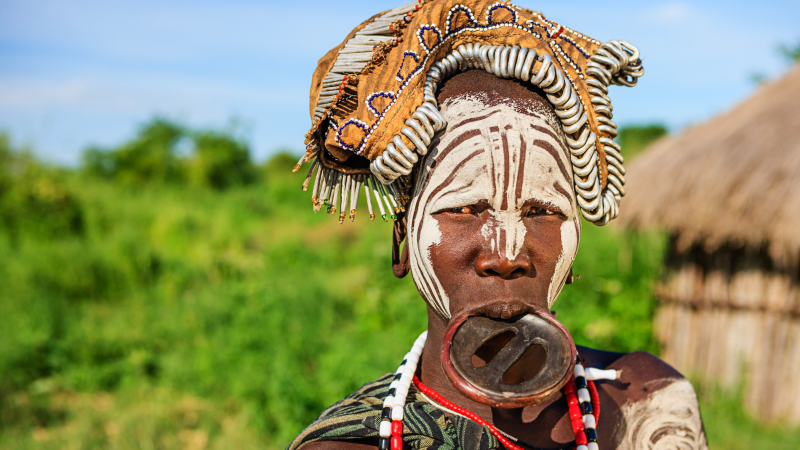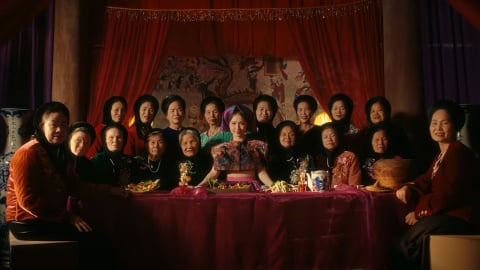Since the birth of the country, the image of Vietnamese women has been engraved in the national consciousness as a symbol of resilience, indomitability but also gentleness and tolerance. They are the keepers of the fire in the family, the silent heroes in the midst of a turbulent life, and also the strong warriors on the journey to fight for equal rights. Looking back at history, the press is a pioneering flame, fostering and spreading the spirit of feminism, paving the way for great changes in society.
On the occasion of March 8, Travellive had the opportunity to listen to the passionate sharing of Dr. Quach Thu Nguyet - Former Director of Tre Publishing House, currently Chairwoman of the Board of Management of Hoa Sen Fund, about the role of the press in portraying and promoting the feminist movement.
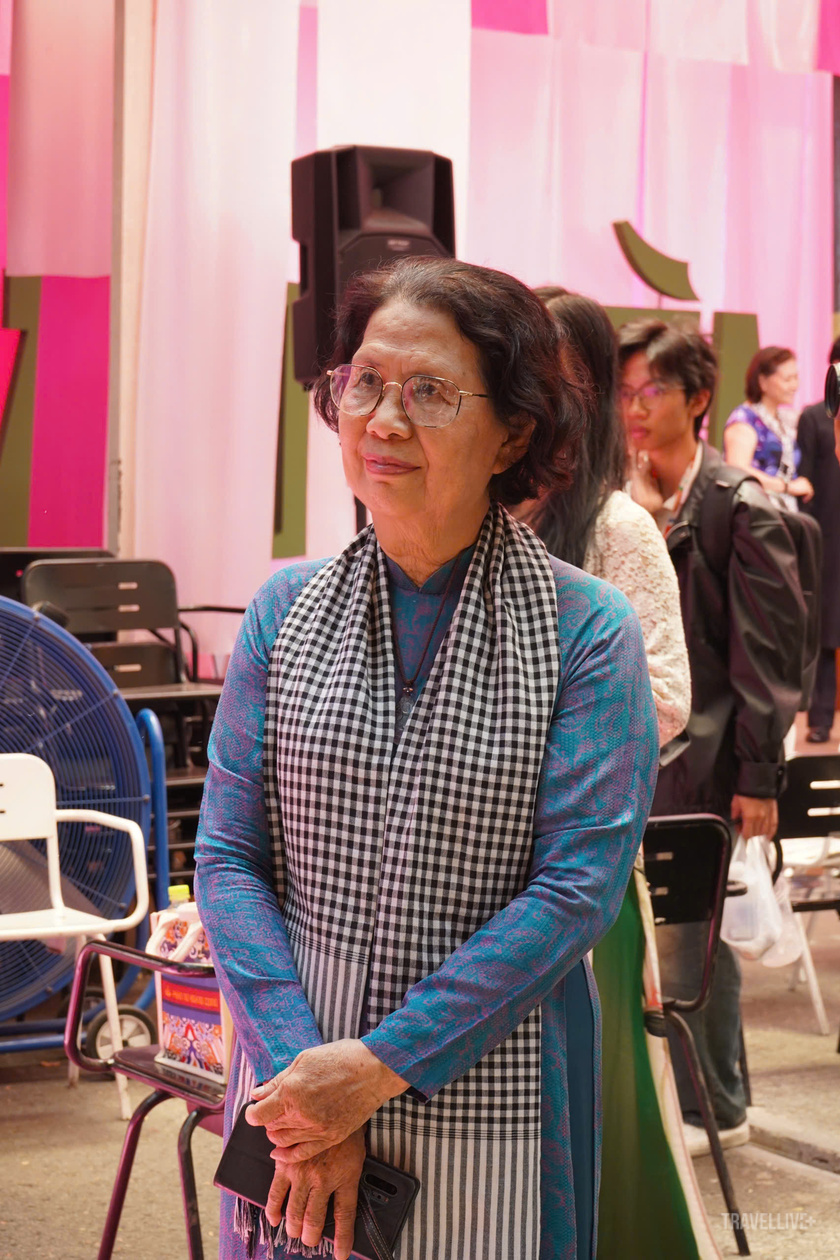
Dr. Quach Thu Nguyet - Former Director of Tre Publishing House, currently Chairman of the Board of Directors of Hoa Sen Fund
Journalism - The torch that lit the way for feminism in the early 20th century
Turning back the pages of old newspapers, we can see that the Vietnamese feminist movement not only originated from struggles in parliament or war zones, but was also inspired by the strong words in newspapers. Since the beginning of the 20th century, pioneering newspapers have spoken up for women's equality, with the participation of many great journalists and scholars such as Phan Khoi, Nguyen Van Vinh, Tan Da, Phan Boi Chau...
"A newspaper that only discussed business like Nam Co Hoc Dan (1902) also published an article calling on the French government to open schools for girls. This shows that, very early on, the press realized that, to change the status of women, education was the key," Dr. Quach Thu Nguyet shared.
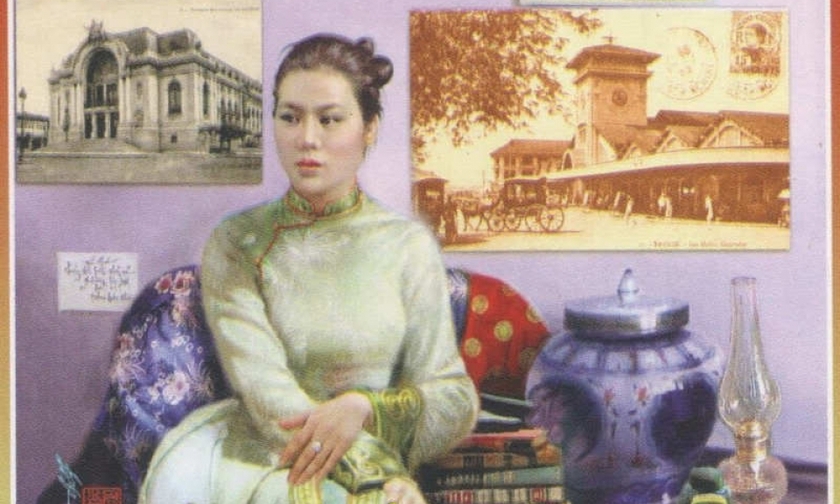
Suong Nguyet Anh was the first female editor-in-chief of Vietnamese journalism. She is considered one of the most talented female writers in the Southern region.
But perhaps the most striking mark was the birth of newspapers dedicated to women. A typical example was Nu Gioi Chung (1918), with the meaning "The bell of women" - a strong message that Vietnamese women no longer wanted to be confined within four walls but wanted to reach out to society, asserting their voices. The person behind this newspaper was Mrs. Suong Nguyet Anh, daughter of patriot Nguyen Dinh Chieu. Although the newspaper only existed for a short time, it laid the foundation for the feminist movement in the press.
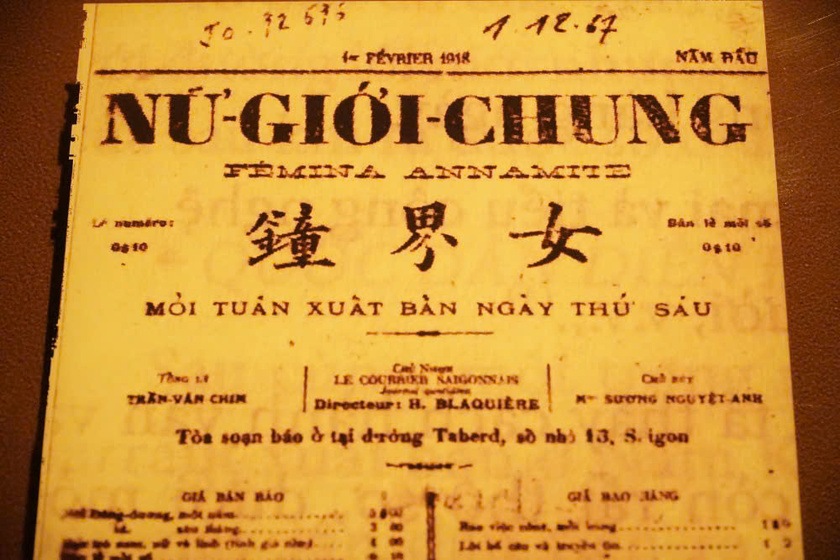
The newspaper "Nu gioi chung" edited by Suong Nguyet Anh
Continuing that spirit, in 1929, the Phu Nu Tan Van newspaper was born with a strong slogan:"Powder and lipstick beautify the mountains and rivers, making clear the faces of Vietnamese women". This was not only a newspaper but also a debate forum where women could express their opinions, discuss politics and society, and even participate in charity and educational activities. "The newspaper not only mobilized women to go out into society, but also organized activities outside the newspaper such as establishing charity associations, organizing fairs, launching a movement for female students to wear ao dai... This was a huge step forward at that time," Dr. Quach Thu Nguyet emphasized.
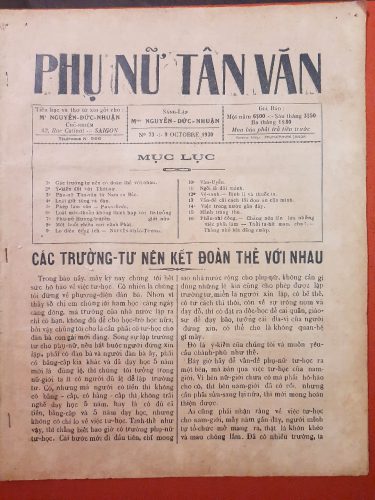
According to researcher Nguyen Van Xuan: "Phu Nu Tan Van is the most successful magazine ever in the South, a great achievement of the efforts of Southern intellectuals on the path of modernizing literature and journalism"
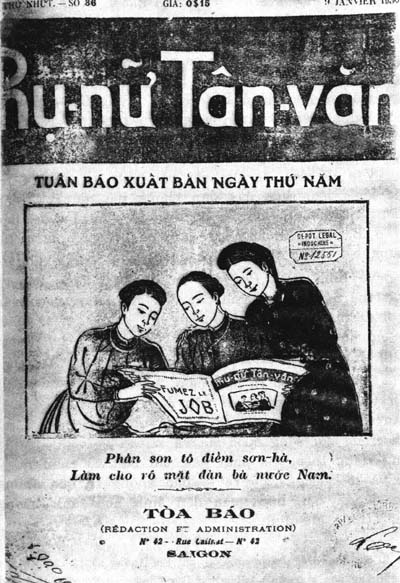
The outstanding contribution of “New Women's Journal” in the field of literature is to encourage and support the “New Poetry” movement.
Ao Dai - Symbol of femininity and the transformation of Vietnamese women
Besides the press, the image of Vietnamese women is also encapsulated in every line of the ao dai. "If 10 years ago, we could hardly imagine young people enthusiastically wearing ao dai, then in recent years, I see that this has become a source of pride. It is an awakening of identity, of personal identification in society," Dr. Quach Thu Nguyet shared.
She stressed that the revival of the ao dai is not just a fashion trend, but also reflects the need to rediscover traditional cultural values among the younger generation. "We see more and more female students choosing the ao dai on important occasions, designers creating new ao dai designs, and on social media, the ao dai also appears more and more with special respect. This is a testament to the inner strength of Vietnamese culture."
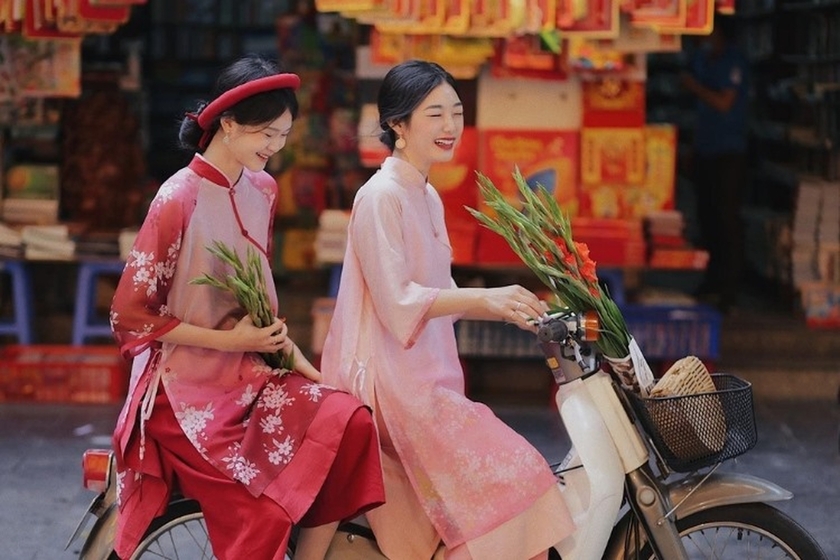
Ao dai is not simply a costume, but a symbol of Vietnamese beauty, of softness yet pride, traditional yet modern.
Modern Journalism - Continuing the Mission of the Last Century
In the 21st century, journalism is no longer just about printed pages, but also about electronic news, social media posts, and countless inspirational videos. But no matter what form it takes, the mission of journalism remains the same: to continue to be a bridge for women's stories to be told in the most authentic way.

Dr. Quach Thu Nguyet affirmed that the press has the responsibility to support and spread those stories to the public.
"We are witnessing more and more women entering fields that were previously considered 'men's territory'. From journalists, writers, to businesswomen and politicians, they are writing new chapters in history. And the press has the responsibility to support and spread those stories to the public," Dr. Quach Thu Nguyet affirmed.
From the pages of newspapers in the early 20th century to modern journalism, the Vietnamese feminist movement has come a long, arduous but also extremely brilliant journey. Looking back at history, we appreciate even more the pioneering women, the sharp writers who fought to create a more equal society. And in today's era, journalism will continue that mission, so that women's voices are increasingly heard, so that the image of Vietnamese women continues to shine in all areas of life.






